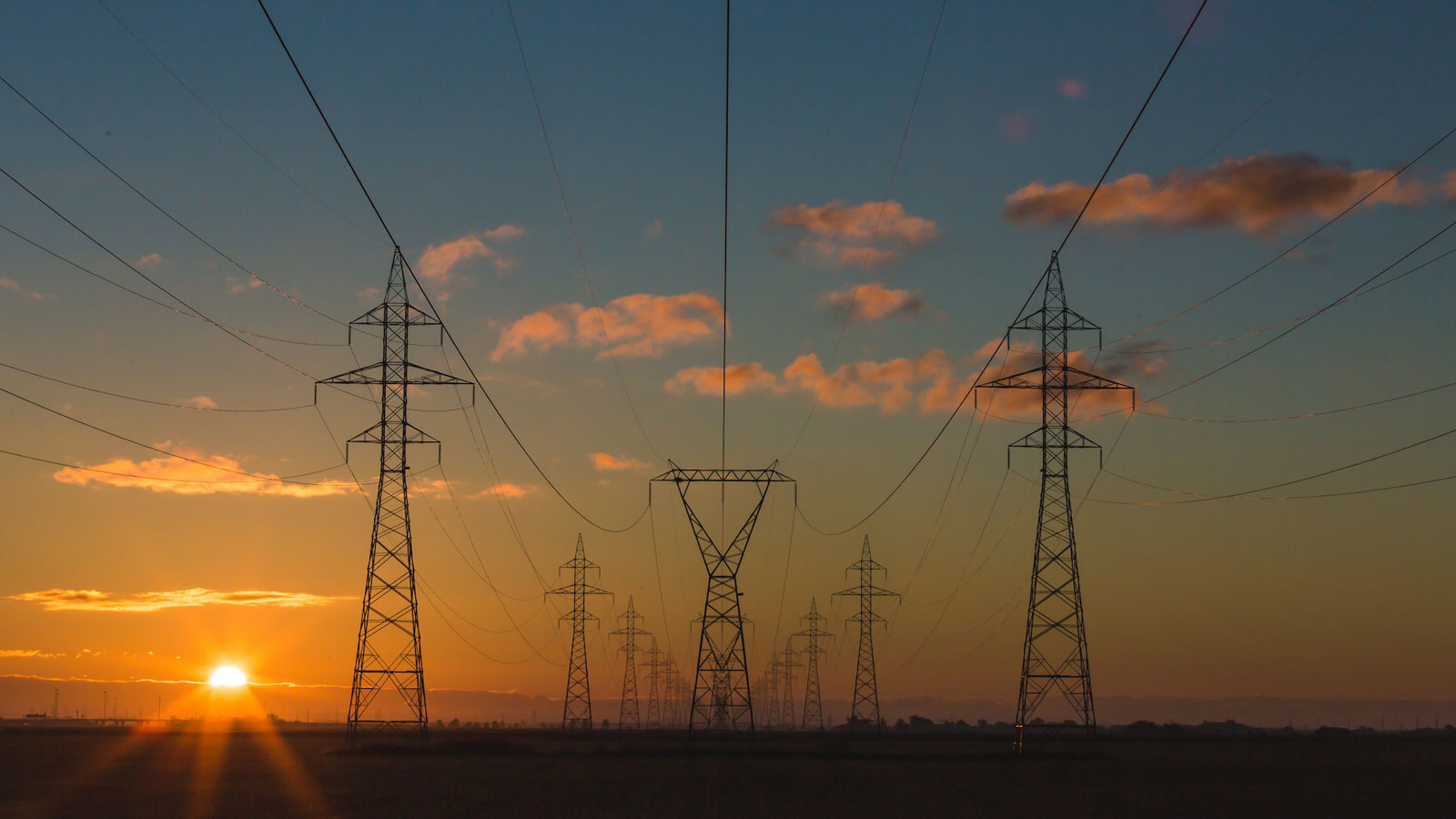The past year was full of milestones in the worlds of climate science and policy.
The year 2022 saw one of the strongest La Niña events in the past half-century, second only to that in 2011. La Niña events draw cold water up to the surface of the Pacific Ocean and so tend to be associated with relatively cold years.
But despite the powerful short-term cooling effect of its La Niña event, 2022 was approximately the fifth-hottest year ever recorded — and the hottest La Niña year on record. The year’s temperature will be similar to that of 2015, which at the time shattered the previous temperature record, thanks in part to an El Niño warming boost. El Niños raise warm water to the ocean surface, and as a result, the hottest years measured at Earth’s surface tend to coincide with El Niño events.
Overall, the 2022 global average surface temperature is consistent with the long-term and ongoing warming trend of 0.2 degrees Celsius (0.36 degrees Fahrenheit) per decade.
What’s next
Heading into 2023, models generally anticipate that the ongoing La Niña event will subside, leading to neutral conditions in the Pacific Ocean and possibly an El Niño in the latter part of the year. That suggests that 2023 will be warmer than 2022 and among the hottest years on record. Barring an unforeseen event like a major volcanic eruption, that would make 2014 through 2023 the 10 hottest years ever recorded.
The state of climate policy
In an effort to reverse that global warming trend, governments around the world are implementing policies in accordance with their Paris commitments. The U.S. passed its first-ever major federal climate legislation this past year in form of the Inflation Reduction Act, which is projected to help reduce the nation’s climate pollution by about 40% below 2005 levels by 2030 — if a slow permitting process doesn’t continue to constrain the deployment of new electric transmission lines and other clean energy infrastructure.
Russia’s invasion of Ukraine has had profound effects on the global energy landscape. As countries, especially in Europe, scrambled to reduce their reliance on Russian fossil gas supplies, coal use and global fossil fuel climate pollution rose in 2022. But policies around the world have begun shifting the energy supply away from fossil fuels and toward electric technologies increasingly powered by solar panels and wind turbines. As a result, numerous energy experts predicted that global fossil fuel demand will peak within the next few years and then begin to decline.
New incentives go into effect
In the realm of climate policy, nearly all of the clean energy and electrification incentives from the Inflation Reduction Act will become available in 2023, as federal and state agencies complete the process of determining who qualifies for the bill’s various rebates and tax credits. Sales of electric vehicles, heat pumps, and induction stoves, plus measures to make homes more energy efficient, are expected to accelerate in the U.S., Europe, and numerous other nations around the world thanks to a combination of falling technology costs and new policies aimed at meeting international climate commitments.
Divided U.S. government but potential for action
The U.S. government will be divided, with Republicans holding a slim and fractious majority in the House of Representatives. Democrats control a bare majority in the Senate and the presidency. As a result, any new legislation will require bipartisan support to become law. Although many pundits and advocates are pessimistic about the odds of bipartisan climate successes in 2023, there remain several avenues that members of Congress will likely pursue.
Clean energy permitting reform negotiations, which were a hot topic during the final months of 2022, will likely resume in early 2023. Reducing what’s perceived as “bureaucratic red tape” is an area of interest for many Republicans. Many Democratic climate hawks have voiced concern that most of the potential pollution reduction benefits from the Inflation Reduction Act could be squandered if the status quo of America’s slow clean energy permitting process doesn’t change, given that it currently takes over a decade on average to build a new electric transmission line in the U.S.
Europe’s new carbon border adjustment mechanism, or CBAM, will likely spur congressional discussions in 2023. This new policy will impose a carbon-related import levy on certain products as they cross the border into Europe. It focuses on goods, such as cement and steel products, that are often carbon-intensive to produce.
Because many American industries produce relatively low-pollution products, members of Congress from both parties have expressed interest in implementing a similar policy. Doing so would offer a relative advantage to American companies that use low-carbon manufacturing methods.
Many experts have warned that such a policy would violate World Trade Organization rules if not paired with a domestic carbon price. But the topic nevertheless remains one of bipartisan interest in Congress.
The Farm Bill, which is renewed every five years, is also on Congress’ slate in 2023. Legislators could decide to provide funding for natural climate solutions in the forestry and agriculture sectors. Natural carbon sinks, such as forests, in the U.S. already soak up enough carbon to offset 12% of annual domestic emissions. The potential exists to more than double that number through climate-smart forestry and agriculture policies.
Given the acceleration of climate policies and clean technology deployment around the world, the history books may look back on these years as the inflection point when global fossil fuel use peaked and humanity began the long process of finally tackling the climate crisis.
Source link


